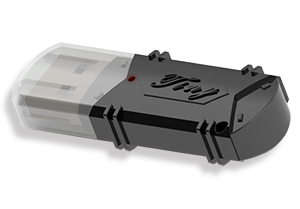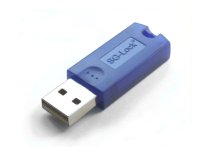Halcon 20.05 Cmstick Dongle License
Test with Windows 10 and Linux OS systems.
HALCON Progress Edition shows the advantages of a short release cycle: Besides innovative new features you will find optimized functionalities from the last release and incorporated customer feedback.
The new version comes with good news for all machine vision users: With HALCON 20.05, training for all deep learning technologies can now be performed on the CPU of standard industrial PCs. This greatly increases customers’ flexibility regarding the implementation of deep learning, as training can now be carried out directly on the production line. The new independence from dedicated GPUs makes it possible to adjust the application to changing environmental conditions “on the fly”.
But that’s not all!
In HALCON 20.05, the Grad-CAM-based heatmap (Gradient-weighted Class Activation Mapping) calculation can also be performed on the CPU. The heatmap supports you in analyzing which parts of an image influence the classification decision. Since this can be done without significant speed drops, users are now able to analyze their deep learning network’s class prediction also during operation.
Halcon 20.05 Cmstick Dongle
To name a few:
- Reading very small codes with the subpixel bar code reader
- More accurate and robust matching results with surface-based 3D matching
- More strong generic box finder for pick-and-place applications
- Significant enhancements for anomaly detection
- Support of the language interface .Net Core
MVTec code GmbH could be a leading international manufacturer of software for machine vision employed in all tight areas of imaging just like the semiconductor industry, surface review, automatic optical inspection systems, quality control, metrology, medicine, or surveillance. In particular, software by MVTec permits new automation solutions for the economic web of Things by providing fashionable technologies like 3D vision, deep learning, and embedded vision.
MVTec HALCON is implemented for highest performance, e.g., by actively exploiting multi-core computers, NEON, SSE2, AVX, and AVX2, as well as GPU acceleration. The following runtime examples were measured using a byte image of size 640 x 480 on an Intel® Core™ i7-4770 – 3.40 GHz computer. Note: runtime may vary with different input data.



